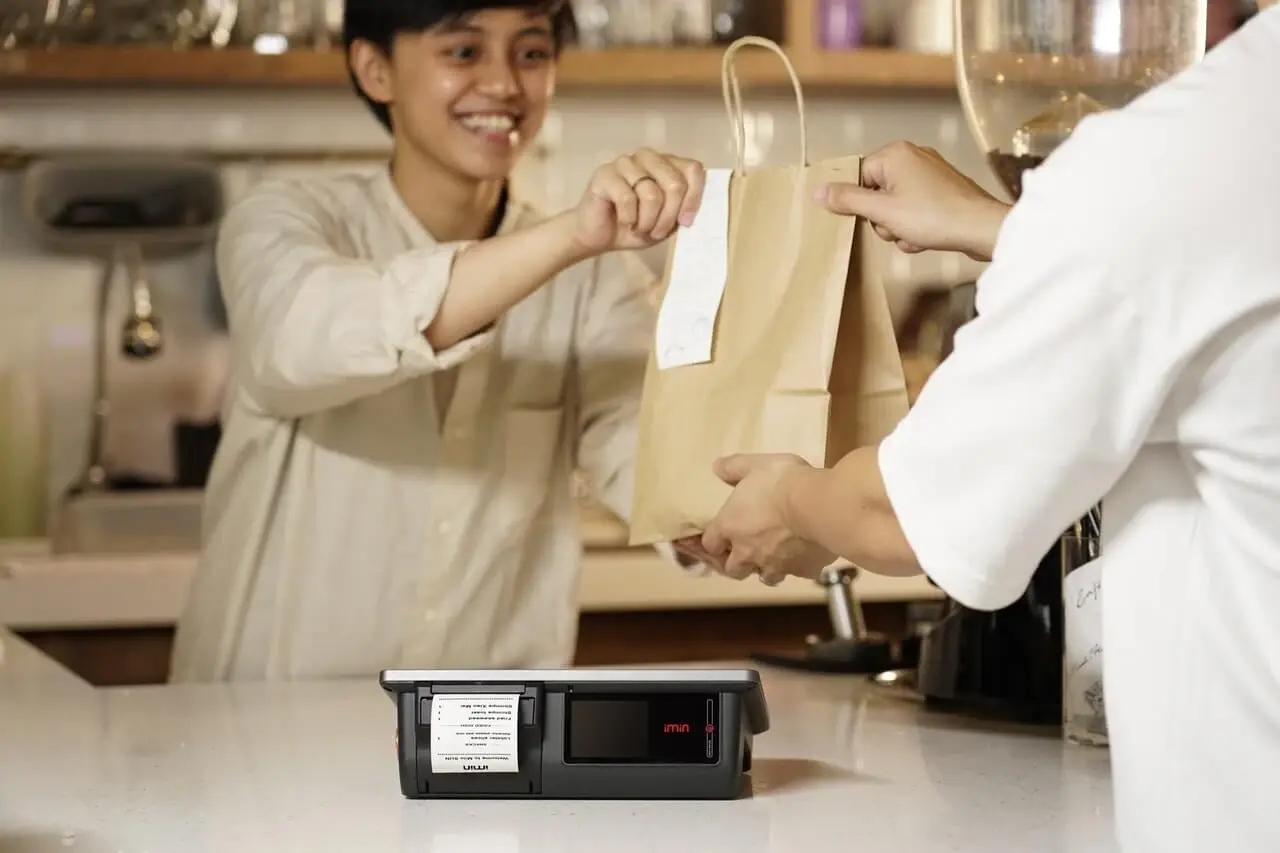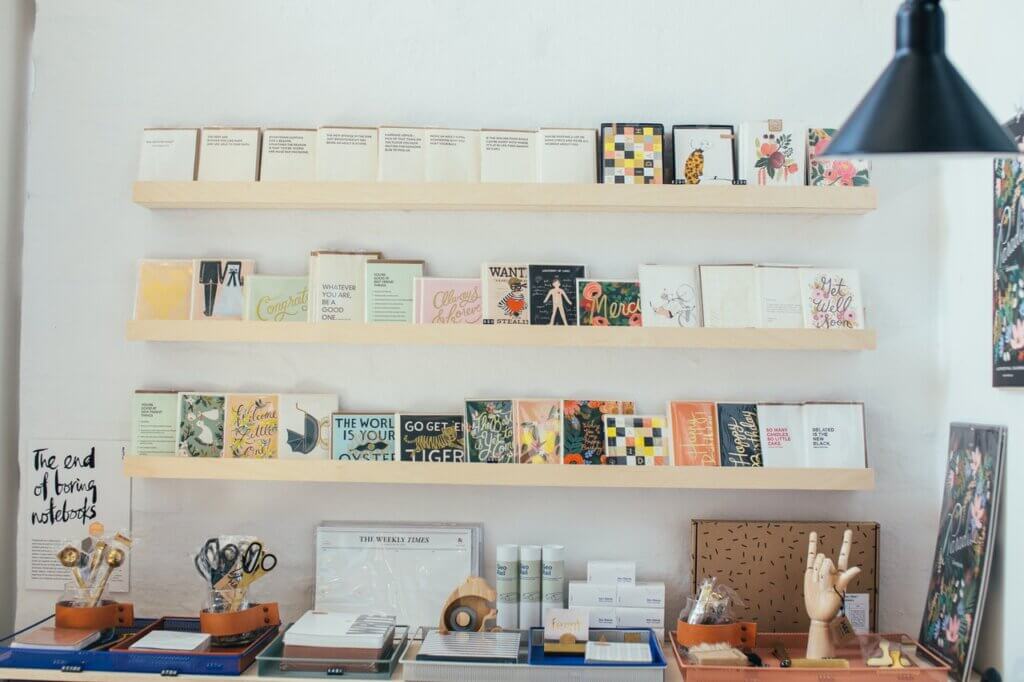
Great retailers are always looking for ways to increase conversions, and one of the most tried-and-true strategies is to inspire impulse purchases, or unplanned buying that happen when a customer reacts to an external, usually emotional trigger.
Desire, fear of losing out, enchantment, nostalgia—these are all feelings that trigger a consumer to make an emotional purchase, and your POP displays have a key role in enabling those impulses to drive more revenue.
Here are five of the best ways to be strategic with your point of purchase (POP) displays to grab your customers’ attention quickly, get them thinking emotionally and inspire them to buy.
1. Simplify your product assortment
Overwhelming customers with too many choices has the opposite effect on their impulse purchases. Decision-anxiety takes over when there are too many options presented, forcing customers to think more about what they should and shouldn’t purchase. The key is to use point of purchase displays to simplify the purchasing decision as much as possible — limit the color options, add-ons, and special feature call-outs as well, so that there is very little thought process required, and instead allow shoppers to let their emotions take over.
Less is more when it comes to using POP displays effectively to inspire impulse purchases, so keep it simple visually. A cluttered countertop with too many displays will only serve to reduce your products’ perceived value. Focus instead on displaying one item, and make sure the items are small enough to easily browse. That will get customers to easily consider with a yes/no decision, and that will serve you well when it comes to inspiring impulse purchases.
In addition, use the right choice of retail counter displays and fixtures to reduce clutter and confusion. You can use racks, shelves, and even wooden barrels for displaying products in a way that declutters your floor space and allows your customers to comfortably browse. Keep it simple with just a few representative, and especially newer products. You can also use organizational design elements like display boxes and cases, trays and risers to separate products neatly on counter tops.
2. Use signage to draw attention
Signage is an important tool you can use to inspire impulse purchases, if used creatively. For example, it can be a great way to get shoppers to slow down their pace as they walk through your store—like a speedbump does in a road, and to draw their eyes to specific POP displays that you want them to focus on.
You can advertise product offers with signage that calls out and reminds customers about sales or related products they may have forgotten. Floor standing sign holders, like metal or acrylic poster stands, are ideal for grabbing attention at eye-level. They can be placed with relative ease, and their mobility gives retailers the freedom and flexibility to position them anywhere throughout a store.
Most impulse purchases are inspired by messaging on signage that tells shoppers that a product is on special offer and won’t be on for long. Keep your signage message simple, and think of it like a headline in a newspaper. When you order signs, create a headline that will get a customer to stop and consider the products before moving on. Also, make sure the font size on your sign is readable, and as a rule of thumb raise the font size by two points to account for all vision abilities. Finally, do give the company making your signs adequate time to complete them.
3. Cross-merchandise to tell a story
Cross merchandising is a strategy that attempts to boosts sales by placing complementary items alongside one another in displays or across stores. Put a mix of products in one POP display, and try to cross-merchandise to make it easy for people to visualize how products work together. This provides visibility, and you can offer an entire creative solution in one display. Try to get customers to see connections and engage them visually as well as creatively regarding opportunities for impulse purchases.
One of the best ways to do this is to use trays, basket displays, and dump bins to organize and gather related products together in one place while also strategically showcasing how they work together. Dump bins can be very effective in cross merchandising as standalone displays, since they are larger, less organized and typically feature small, individually packaged goods—such as candy, or small electronic items (like pen drives), that can go with the purchase of a higher-priced item.

4. Smart placement will attract eyes and draw traffic
Ensure that inventory on POP displays that is priced to move is within the customer’s direct line of sight, and on the same level, grabbing the customers’ attention so they are curious enough to walk through the rest of the display and look at other items too. The best choice are products with brighter colors, having eye-catching details and, of course, any product that displays a popular brand.
Customers are naturally attracted to the colors they like, so create color schemes on your POP displays. This is a good solution if you don’t have multiple SKUs, because you can entice customers to browse items that are merchandised by color. Also, since people are drawn to bright, bold colors, you can place retail shelving and racks against a painted accent wall to highlight noteworthy merchandise. Another idea, display products on colorful acrylic displays as vivid accents by lining them up against a clean white wall.
Put the best-selling SKUs at opposite ends of your store, and drive impulse purchases effortlessly. This will force shoppers to walk all the way from one side of the store to the other, while at the same time noticing many POP displays along their route, which they will be more likely to stop and look at.
5. Keep your displays fresh
Visual merchandising is a lot like life—from time to time you need a change to freshen up your POP displays and re-inspire! When staging products on larger displays like tables and larger acrylic or wood fixtures, make sure to completely re-merchandise on a regular basis, at least every 3-4 weeks (and no more than 6!).
Customers will notice that your larger displays have changed, and they will be encouraged to have a look and browse, thinking that you have brought in new inventory, even if you’ve simply moved merchandise around the store.
Conclusion
What they see is what they buy—so display it right! Create visual appeal, inspire connections with other products and get the emotional juices flowing by employing a combination of display tables, bins, boxes, trays, risers, mannequins, dump bins and more. If you dynamically present your products, and refresh your POP displays often, you will surely succeed in driving impulse purchases.


 by
by 



